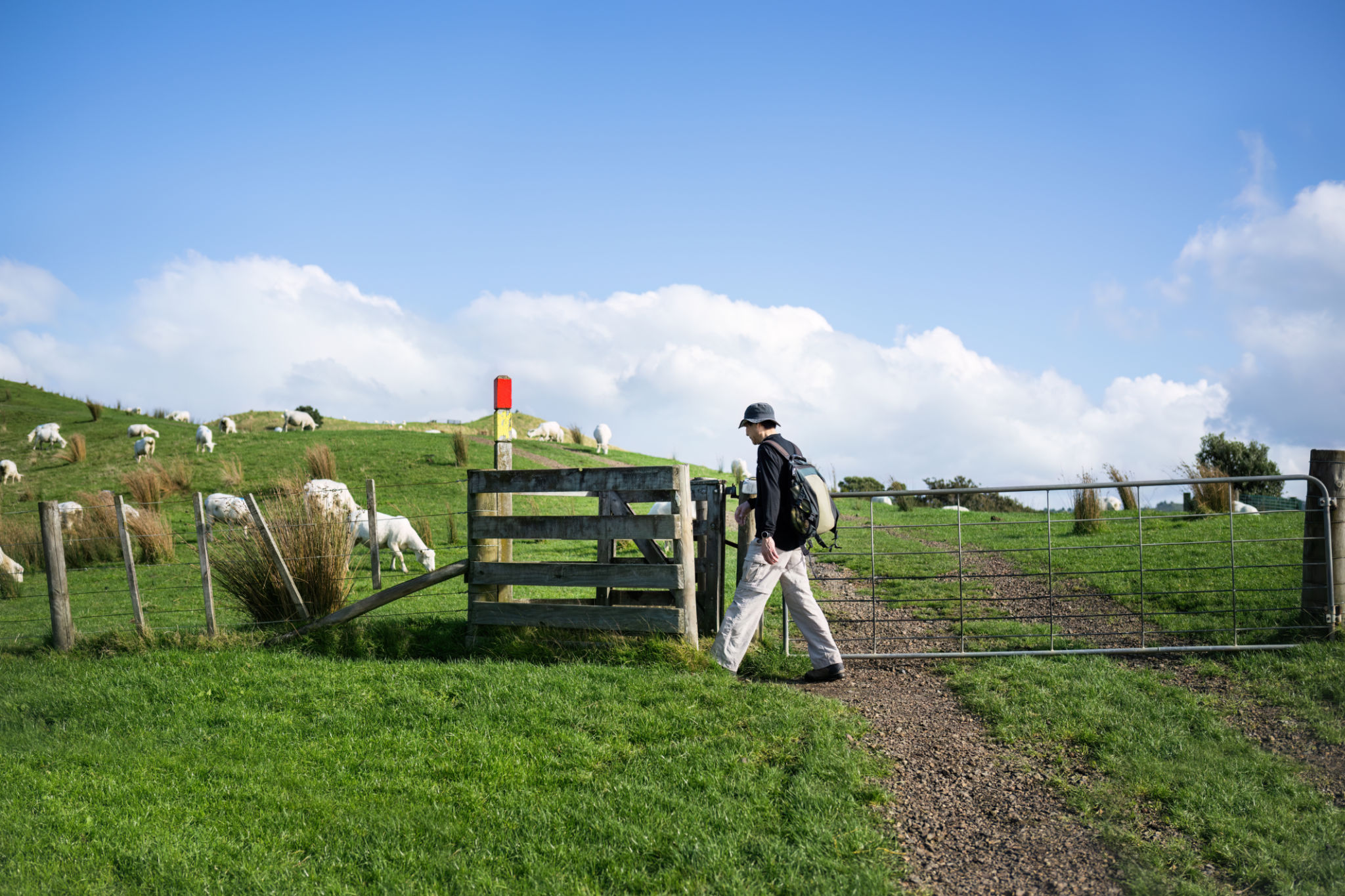DIY Safety Tips to Lower Insurance Risk and Save Time
Introduction
Farming is still the most dangerous job in Ireland. We make up just 11% of the national workforce, yet farming accounts for nearly 40% of all workplace fatalities. Around 4,500 non-fatal accidents are reported each year on Irish farms and that’s only the ones logged.
Behind those numbers are broken legs on uneven paving, livestock injuries from faulty gates, or slurry-related close calls that never make the news. And while safety is often brushed off as common sense, it’s increasingly becoming an insurance issue too.
With more farms seeing rising premiums or tighter inspections, the message is clear: if you don’t control the risk, someone else will, and it’ll cost you.
But safety fixes don’t have to be expensive or complex. In fact, most of the improvements that make the biggest difference can be done in a few hours with materials you’ve already got or can pick up cheaply.
Here are five proven DIY safety wins, tailored to Irish farms, with clear costs, timelines, and insurance relevance, because what gets done is what’s practical.

1. Secure Livestock Gates Properly
Damaged gates are one of the most common contributors to animal-related injuries. A recent walk of 20 Irish beef and dairy farms found over 45% of gates had alignment issues, bent latches, or loose hinges. These aren't just awkward, they’re dangerous.
Fix it:
- Replace a hinge pin (€10–€15) or add a new bolt-on latch (€20–€30).
- Reinforce sagging posts with creosoted stakes or angle bracing.
- If the gate’s gone beyond help, a second-hand galvanised one will set you back around €60–€100.
Time: 1–2 hours.
Why it matters: Loose gates can lead to stock escapes or crush points. For insurers, unsecured handling areas suggest unmanaged liability, especially near roads or yards.

2. Improve Yard Visibility with Proper Lighting
Many farmyards rely on a single flickering bulb outside the parlour or shed. But poor visibility is a key factor in over 70% of yard-based near misses, particularly in winter. Whether it's reversing machinery, shifting cattle, or just walking from one building to another, visibility saves time, and it prevents injury.
Fix it:
- Install motion-activated LED floodlights (€30–€50 each).
- Add reflective tape to gates, posts and machine edges (€10–€20 total).
- Trim back vegetation that blocks natural light.
Time: Half a day.
Why it matters: Better lighting is one of the clearest signs of proactive risk control during an inspection. It also speeds up everyday tasks, especially during early mornings or late feeds.

3. Clearly Mark Slurry Agitation Points
Slurry is silent, invisible, and deadly. Every year, lives are lost during agitation or in enclosed tanks, often without warning. Yet on many farms, these zones are unmarked and easily accessible to children, stock, and visitors.
Fix it:
- Add clear, laminated warning signs to tank edges and agitator points.
- Use coloured rope, spray paint, or basic fencing to section off danger areas.
- Keep gates or lids locked or chained when not in use.
Cost: €20–€40 depending on signage and barriers.
Time: 1 hour.
Why it matters: Slurry zones are one of the first places assessors look. Clear markings show you’re actively managing one of the most serious hazards on the farm.

4. Sort Out Trip Hazards Around the Yard
Loose paving stones, old hoses, broken kerbs, we get used to them. But they’re behind a third of all non-fatal injuries on Irish farms. These incidents may not make headlines, but they still take farmers off their feet for days or weeks.
Fix it:
- Re-level slabs or broken paving using sand and cement (€5–€20).
- Coil hoses and install wall hooks or reels (€10–€30).
- Fill potholes with compacted hardcore or gravel (often already on-farm).
Time: 1–3 hours depending on the job.
Why it matters: Insurers expect walkways and work areas to be kept clear. If you’ve had a previous claim related to a fall, not fixing these risks can push your premium up sharply.

5. Install Fire Extinguishers and First Aid Kits
It sounds obvious, but many Irish farms still lack basic emergency equipment. Fires start fast in workshops or engine sheds. And the first 10 minutes after an accident often matter most. Yet these tools are cheap, easy to install, and rarely inspected.
Fix it:
- Mount a 2kg powder fire extinguisher in your workshop or dairy (€30–€50).
- Place a first aid kit in a labelled, accessible location (€15–€30).
- Include signage or instructions for family or staff.
Time: 30 minutes
Why it matters: During a risk inspection, visible emergency equipment reduces liability, and shows you’re not just reacting, you’re prepared.

Conclusion
Improving safety on the farm doesn’t mean rolling out a red carpet for the insurance company. It means protecting your body, your stock, your time, and your peace of mind. Every small fix builds towards a system that runs smoother and breaks down less often.
And while the costs of doing nothing don’t always show up straight away, when they do, it’s often too late.
If you’d like someone to walk your yard with a fresh set of eyes and help flag the high-risk, high-impact changes worth making, we’re happy to help. No clipboard nonsense, just practical advice that fits your setup.
*By Anne Hayden MSc., Founder, The Informed Farmer Consultancy.
